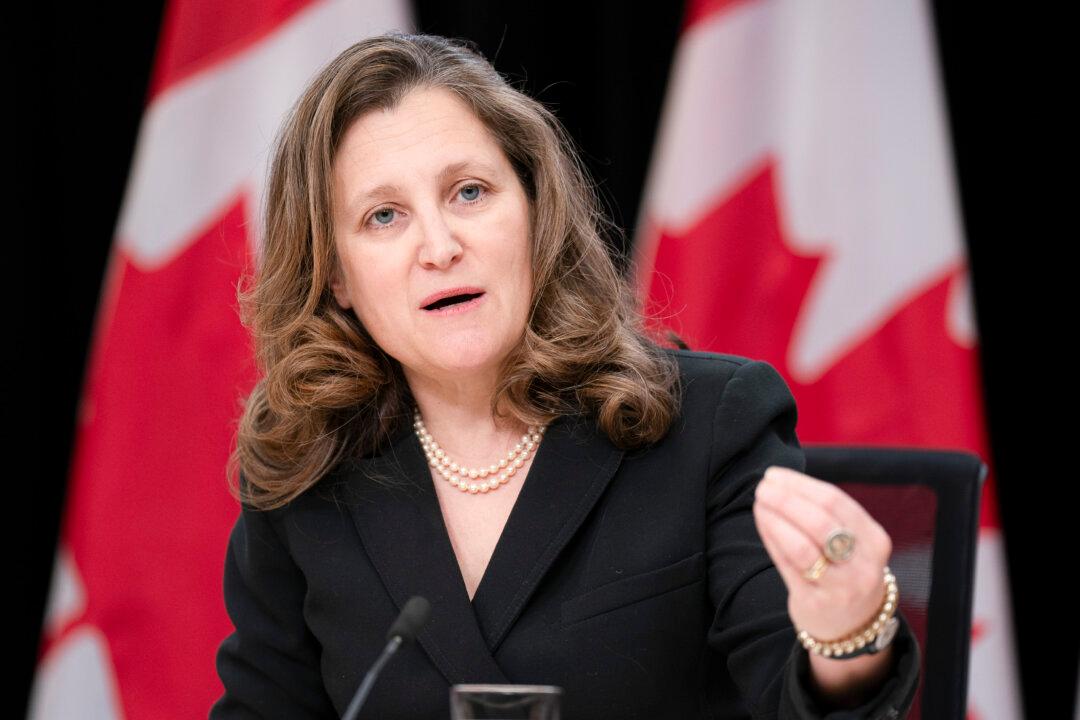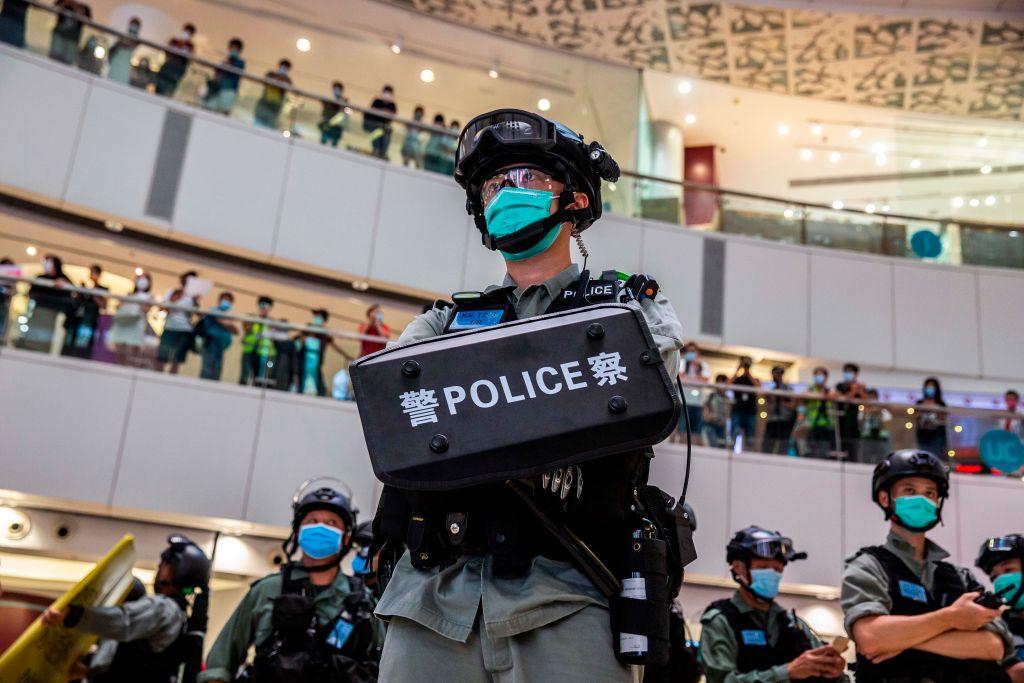Canadian industry needs to be protected from Chinese “oversupply,” Deputy Prime Minister Chrystia Freeland says, as her government mulls tariffs on Chinese electric vehicles (EVs) similar to the United States.
“We cannot let Canadian industry be wiped out by Chinese oversupply and overcapacity,” Ms. Freeland said during a May 28 press conference updating her government’s economic plan.





